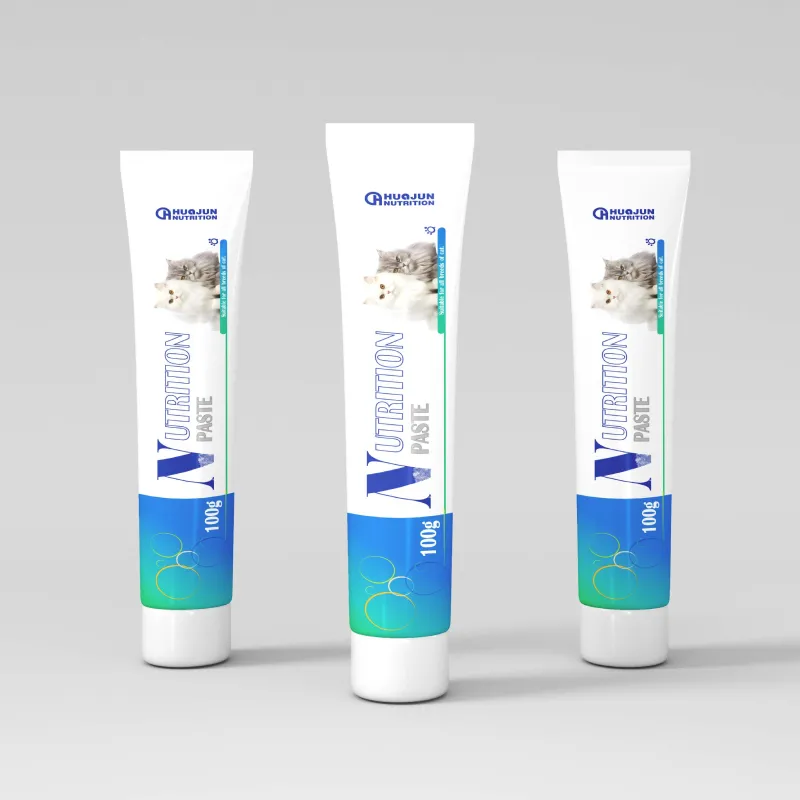
აგვ . 16, 2024 16:23 Back to list
Coccidiosis Management and Treatment Solutions for Poultry Industry Suppliers
Coccidiosis Disease in Poultry Understanding the Challenges and Exploring Solutions
Coccidiosis is a parasitic disease caused by the protozoan parasites of the genus Eimeria, which primarily affects poultry, including chickens, turkeys, and ducks. It poses significant challenges to the poultry industry globally, leading to severe economic losses, decreased productivity, and increased mortality rates among affected birds. Understanding the nature of this disease, its impact on poultry health, and potential management strategies is crucial for poultry suppliers.
The Pathogen and Its Impact
Coccidiosis predominantly affects the intestinal tract of birds, leading to lesions that can disrupt nutrient absorption. Symptoms of the disease can include diarrhea, reduced weight gain, and a decrease in egg production. Severe infections can result in fatalities, especially in young birds that have not yet developed robust immune systems. The lifecycle of Eimeria is complex, with oocysts being shed in the feces of infected birds, contaminating the environment, and infecting other birds.
In commercial poultry operations, coccidiosis can result in substantial financial losses. Affected flocks require increased veterinary care, and preventative measures such as medicated feeds can lead to higher operational costs. Moreover, diminished growth rates and production efficiency can impact profitability significantly. As a result, poultry suppliers must be proactive in managing coccidiosis to safeguard their operations and ensure the health of their flocks.
Signs and Diagnosis
Identifying coccidiosis in a flock is critical for timely intervention. Various signs, including lethargy, poor feed conversion, and bloody droppings, can indicate the presence of the disease. Diagnosis typically involves fecal examination, where veterinarians look for oocysts under a microscope. In some cases, post-mortem examinations can reveal intestinal lesions characteristic of severe coccidial infections.
Management Strategies
coccidiosis disease in poultry suppliers

Effective management of coccidiosis relies on a combination of preventive measures, good husbandry practices, and possible medication
. Key strategies include1. Biosecurity Measures Maintaining strict biosecurity protocols is vital to reduce the risk of introducing the disease into a flock. This includes controlling access to the poultry area, ensuring cleanliness, and routine monitoring for signs of illness.
2. Vaccination There are vaccines available for certain Eimeria species, providing immunity without the negative effects associated with medicated feeds. Vaccination can be part of a comprehensive prevention program to mitigate the risk of outbreaks.
3. Medicated Feeds In cases where vaccination is not an option, utilizing medicated feeds that contain anticoccidial agents can help control outbreaks. However, this approach should be used judiciously to minimize the risk of drug resistance.
4. Management Practices Implementing strategies such as rotating pastures, minimizing overcrowding, and ensuring proper nutrition can support immune function in birds and reduce the likelihood of disease outbreaks. Maintaining optimal environmental conditions, including appropriate temperature and humidity levels, is also crucial for poultry health.
5. Regular Health Monitoring Routine health checks and monitoring for any signs of disease can enable early intervention, thereby reducing the impact of coccidiosis on the flock.
Conclusion
Coccidiosis remains a significant concern for poultry suppliers, requiring diligent management to mitigate its effects. By combining biosecurity measures, vaccination, and good husbandry practices, poultry operations can minimize the risks associated with this disease. As the industry continues to evolve, research into innovative treatment and prevention strategies holds promise for enhancing the health and productivity of poultry flocks. Ultimately, the integration of these approaches will be essential in ensuring sustainable poultry production and maintaining the profitability of suppliers in a competitive market.
-
Quality Bacillus Coagulans BC30 Factory - Expert Production
NewsAug.02,2025
-
China Salivation AI with GPT-4 Turbo Features
NewsAug.01,2025
-
Epic Sepsis Factories: AI-Driven Detection with GPT-4 Turbo
NewsJul.31,2025
-
Acute Salpingitis and Oophoritis AI Factory
NewsJul.31,2025
-
Premium China Bacillus Subtilis Supplier & Factory Solutions
NewsJul.30,2025
-
Premium Avermectin Supplier in China | Custom Solutions Available
NewsJul.29,2025




